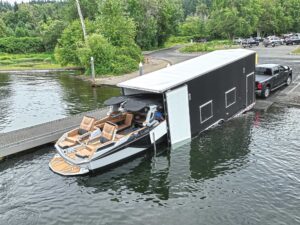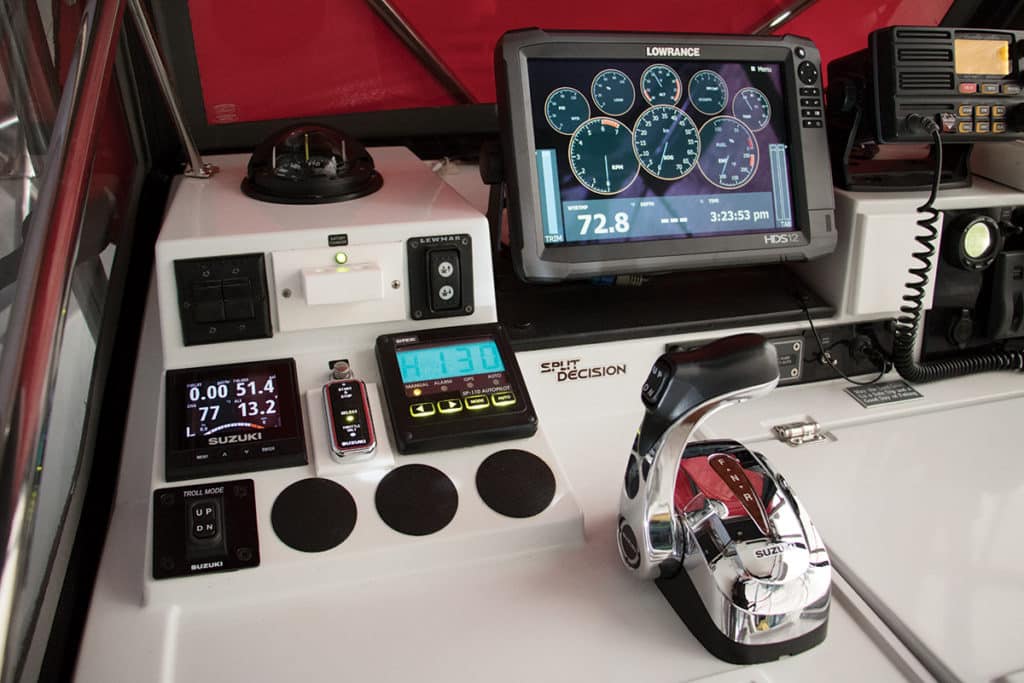
Replacing old-school engines with motors that include drive-by-wire controls and digital multifunction gauges can revitalize your boat, but the process of converting is not without extra cost and angst.
Extracting old analog gauges, detaching the mechanical shift box, cutting wire harnesses and pulling out throttle cables is the first step — one that might leave you anxiety ridden as your once-functional bridge lies in pieces.
All of the major recreational engine brands now offer electronically controlled engines, including Evinrude, Honda, Mercury/MerCruiser, Suzuki, Volvo Penta and Yamaha. No matter what brand of power you choose or how the work gets accomplished (by you or a servicing dealer or combination thereof), here are some thoughts to keep in mind when considering the switch.
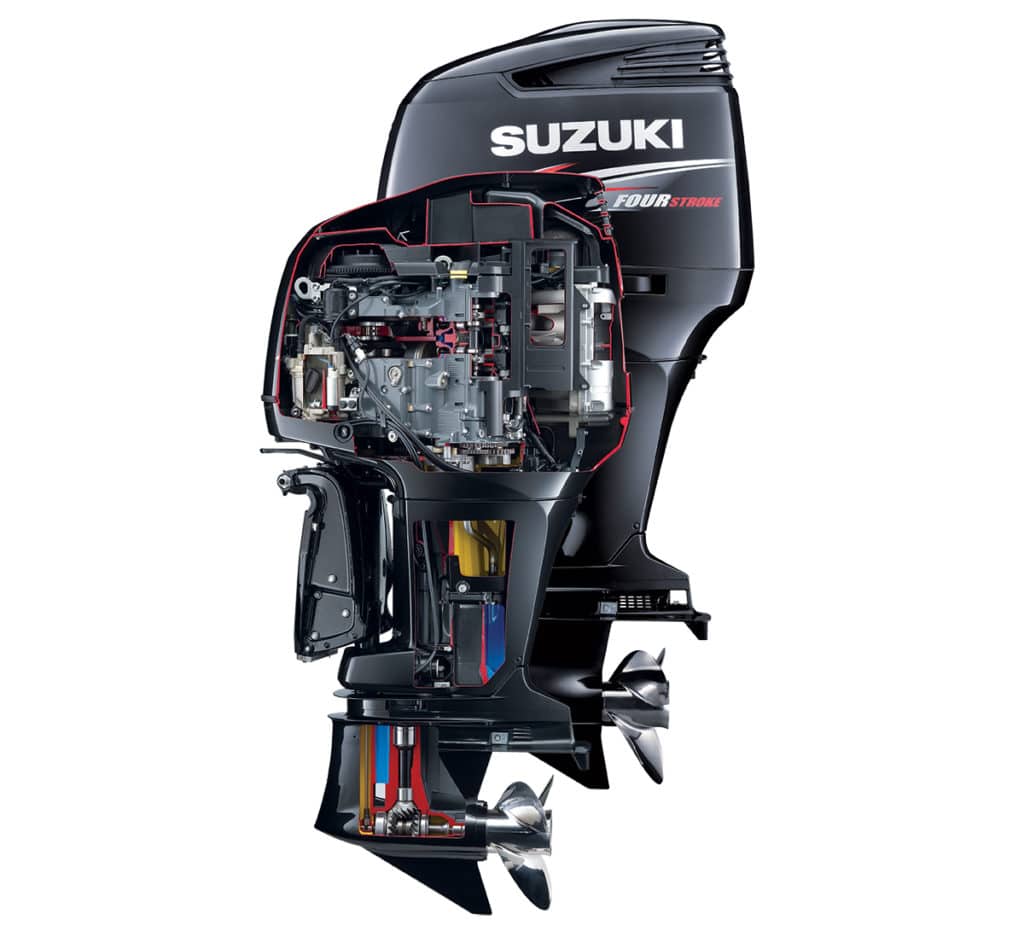
New Cable Runs
There’s a lot more than just the engine to think about. For one, there’s a new electrical harness, which might be difficult to pull through crowded rigging tubes.
The plugs on each end of the harness might also be larger than the old harness, making it even more difficult to fit through the tube. And don’t think about cutting off the plug and resplicing at the other end. “Digital controls and instruments are very sensitive to electrical resistance, and splices can adversely affect this,” says Dean Corbisier, advertising and public relations manager for Suzuki Marine, which offers its AP outboards with electronic control systems in outputs ranging from 150 to 300 hp.
Many times it’s possible to use the old harness or mechanical cables to pull through the new harness. If not, slide an electrician’s snake through the tube and run a cord to pull the new harness.
If you continue to have trouble, get rid of as much of the old, nonfunctional wires and cables as possible first to make more room in the tube. Using a lubricant to slide the new harness through the rigging tube can help, too. Please see the sidebar, but know that we’ve used talcum powder with good success.
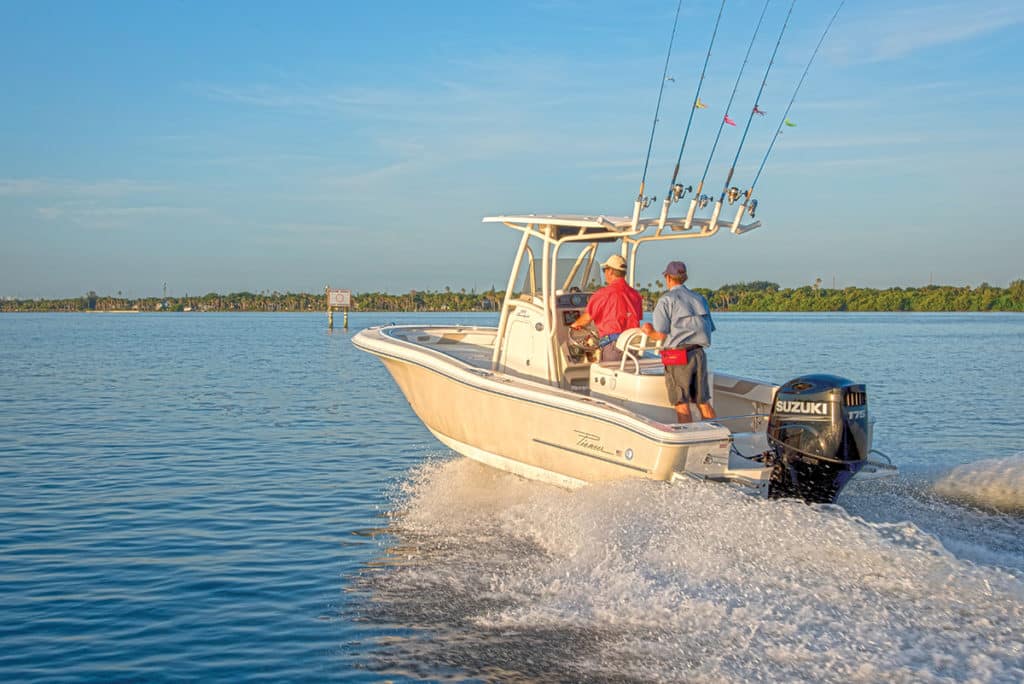
Controls and Instruments
You will also need a new throttle-and-shift control box. Fortunately, these are easier to install than mechanical versions — the new controls don’t require a huge cutout for the old-school shifting mechanisms. Suzuki’s new Precision Control electronic shift-and-throttle box, for example, requires just a 1½-inch-diameter hole, in addition to four small holes for the mounting bolts. Mechanical control boxes require a much larger cutout for the shifting mechanism and cables.
Most analog gauges are generally not compatible with new digitally controlled engines (though some can be adapted using analog-to-digital interface cables). New multifunction instruments like Evinrude’s Icon, Mercury’s VesselView or Yamaha’s Command Link combine information on a single display and avail you to a wide amount of data, including parameters like the fuel-burn rate, fuel used, engine hours and engine temperature, as well as rpm, trim, alarms and reminders.
Most new electronic instrumentation is NMEA 2000 compatible, and this allows you to route engine information to other displays. “Suzuki’s C-10 color multifunction display can be connected to the NMEA 2000 backbone with simple plug-and-play connectors,” Corbisier says. So you can call up engine information on the same display(s) you use for the chart plotter, fish finder and radar.
Many new digital engines have push-button start and stop. You still need a key to energize the system and prevent theft, in addition to a safety-stop lanyard switch, and you need to add a control panel for the start-stop switch, too.
New elements add to the cost of repowering with a digitally controlled engine versus a conventionally controlled motor. Plus, electronic controls are more expensive. To give you an idea, Suzuki’s mechanical side-binnacle control sells for about $462 at suzukimarine.shptron.com. A new Suzuki Precision Control side binnacle retails for around $1,070 at the same website.
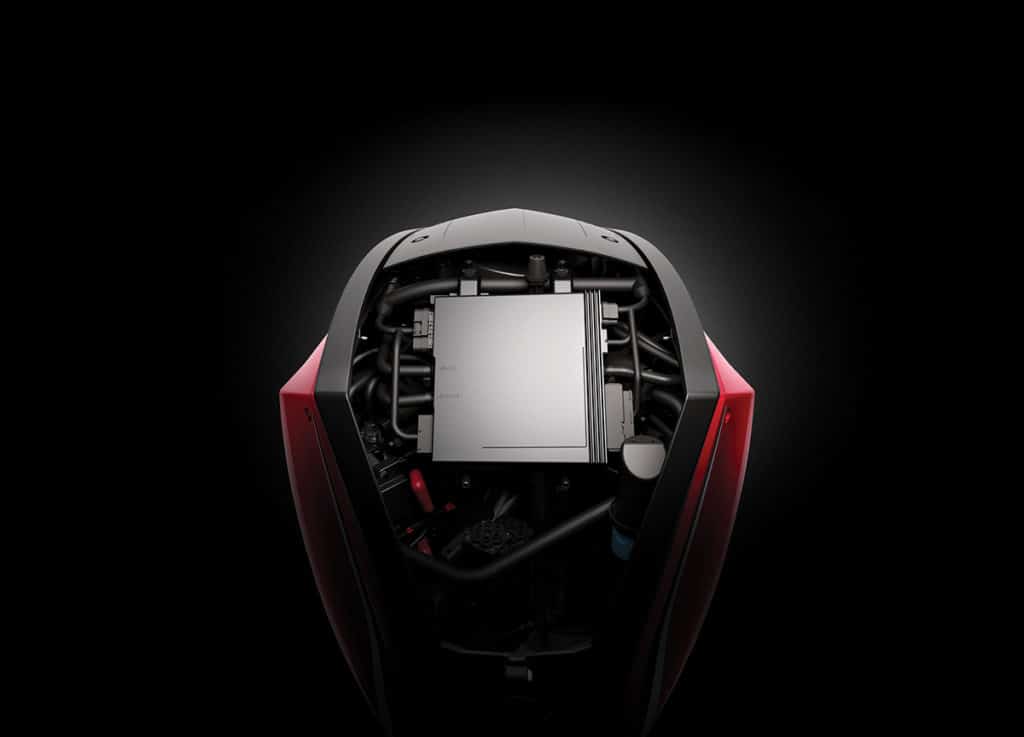
Customized Solutions
You might need to do some fiberglass/gelcoat repair or create custom panels to cover holes in the dash or the cutout from the old control box. This will let you cut fresh holes for the new gauges and controls.
To create your own custom panels, use cardboard for design and mock-up. Then use these as templates to fashion pieces from a material like King Starboard ($21.75 per 27-by-12¼-inch sheet, boatoutfitters.com). It comes in a wide range of colors. If you’re handy with a table saw and router, you can achieve great results. Also, companies like Livorsi (livorsi.com) and New Wire Marine (newwiremarine.com) can build custom helm panels. These create a professional look in a variety of colors and textures, including faux wood grain and carbon fiber.

